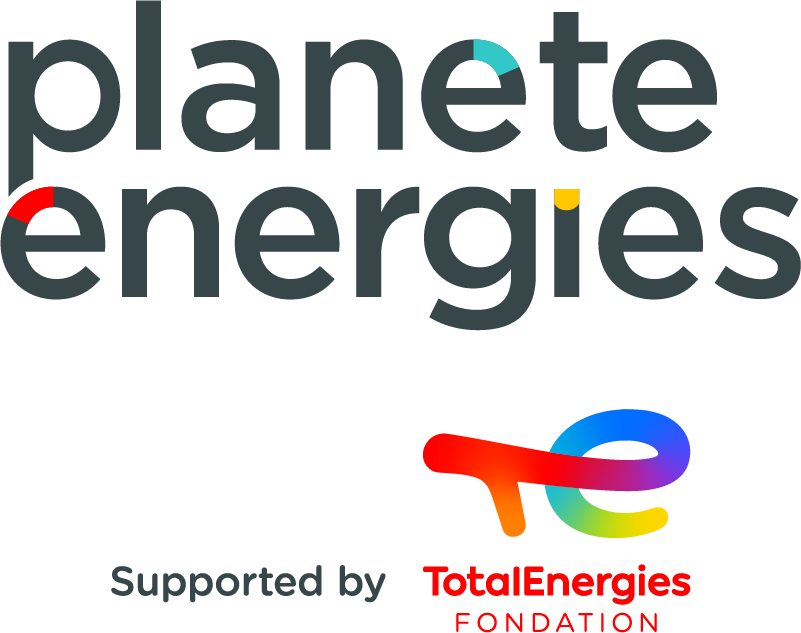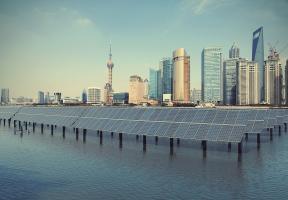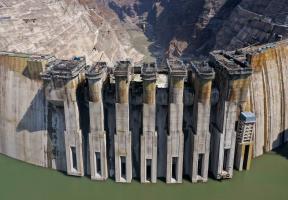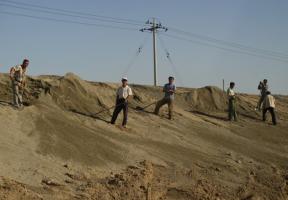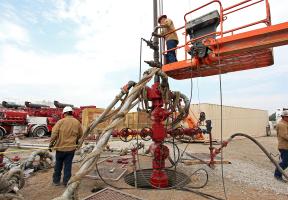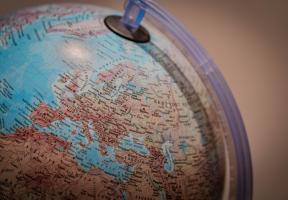CO2 on our plates
10 min read
Food is a universal concern. In many poor countries, the primary aim is to satisfy people’s basic needs. In the developed world, the focus is often on how to make healthier and lower calorie meals, in order to prevent obesity and cardiovascular diseases. Additionally, the issue of carbon dioxide (CO2) emissions associated with food consumption is a growing concern. The production and distribution of foodstuffs is one of the largest sources of greenhouse gas emissions and therefore one of the biggest contributors to .

© Thinkstock - Food items – whether plant, meat or highly processed products – have different impacts on CO2 emissions.
From farm to fork
Assessing the footprint of a consumer’s meal is highly complex, owing to the number of operations involved in the supply chain “from field to plate” (or “from farm to fork!”).
Naturally, there are emissions related to agriculture and livestock farming: cultivating land, manufacturing fertilizer, producing food for livestock, etc. But there are also those associated with (increasingly sophisticated) food processing, shipping and distribution, as well as those stemming from our personal consumption habits and, in the foreground, a terrible amount of waste.
In France, agriculture in the broadest sense accounts for 19% of the country’s total GHG emissions, according to the French Environment and Energy Management Agency (ADEME). But in total, it is estimated that one quarter (25%) of emissions come from what is on our plates. It is the same share as for domestic or transport emissions.
Life Cycle Assessment
This global approach is based on what is known as the . It is used for many other industrial sectors, from housing to cars.
An assessment is subject to many uncertainties:
- for example, an eggplant imported from Holland during the winter is necessarily grown in a heated greenhouse. It may have a higher than an eggplant transported by truck from Sicily or Morocco.
- If the sugar on our tables comes from a deforested area, we need to double the estimated emissions.
- In winter, strawberries flown in from South America generate huge quantities of GHG. So it is better to eat seasonal fruit and vegetables.
Watch out for hidden costs
Short food supply chains – which have only one intermediary between the producer and the consumer – are often considered to be more energy efficient. However, we must be careful not to clock up too many truck journeys to and from local farmers’ markets. Supermarkets, on the other hand, receive large shipments transported by high-capacity vehicles and can therefore reduce consumption.
To obtain an accurate result, emissions generated by the consumers themselves need to be factored in. These vary, depending on such factors as the number of kilometers traveled to reach the shop or supermarket, the type of refrigerator or freezer used to store the product, whether produce is bought in bulk or in small individually wrapped portions. Some of the figures are surprising: boiling a large pot of water to cook a handful of spaghetti produces more CO2 than the GHG emitted to produce the flour, make the pasta, and package and ship it.
The serious problem of waste
The biggest downside is waste. A third of foodstuffs is wasted worldwide, whereas a billion people suffer from hunger or are undernourished. In France, 10 million tons of foodstuffs are wasted each year, which works out at 150 kg per person.
Waste is generated at each stage in the chain – throwing unwanted fish back into the sea, rejecting fruit and vegetables considered to be too small or too “ugly”, breaks in the cold chain, best before dates that are too short, and so on.
Do you want to calculate the CO2 footprint of what’s on your plate?
Many organizations have made “calculators” available to the public. In France, the ADEME works with the ‘Agribalyse’[1] system.
Several conclusions can be drawn:
- Owing to its long processing and production chain, meat generates the largest volume of emissions. Veal has the biggest carbon footprint, followed by beef, lamb, pork and poultry. According to estimates, 1 meal containing beef = 3.5 meals containing white fish = 4.5 meals containing chicken = 14 vegetarian meals[2].
- Milk emissions are low, but increase rapidly as the processing becomes more elaborate, i.e. to produce yogurt, butter, soft cheese and hard cheese.
- Ready-made meals and frozen dishes involve many more processing operations compared to raw produce.
It’s up to you to work out what you have to do...
A small change can make big differences. In an infographic full of good advice[3], the ADEME compares two menus:
- 1 liter of tap water, 1 chicken thigh, 200 g of fresh green beans, 1/4 fresh pineapple from Ivory Coast (by ship) represents 0.6 kg of CO2 emissions.
- 1 liter of mineral water, 150 g of beef, 200 g of frozen green beans, 1/4 fresh pineapple from the Côte d'Ivoire (by plane) represents 5.6 kg ofCO2.
[1] Visit the ADEME/Agribalyse website - https://agribalyse.ademe.fr/
[2] Source: ImpactCO2 - https://impactco2.fr/repas
[3] See the ADEME infographic: https://multimedia.ademe.fr/animations/alimentation/
